Quartz glass plates are the unsung heroes of modern technology—used in everything from smartphone screens to space telescopes. But how does ordinary sand transform into this ultra-pure, high-performance material? Let’s explore the fascinating journey step by step.
Starting with the Right Sand: 99.99% Pure Silica
Not all sand is created equal! To make quartz glass, manufacturers need:
- High-purity silica sand (SiO₂) – Typically mined from quartz-rich deposits
- Less than 0.01% impurities – Iron, aluminum, or other metals can ruin optical clarity
Quartz Glass Plate
Melting the Sand: Extreme Heat Required
- Turning sand into glass requires extremely high temperatures:
- Electric Arc Furnace (1,700–2,000°C) – Used for standard fused quartz
- Flame Hydrolysis (2,200°C+) – Produces ultra-pure synthetic quartz
- Vacuum Melting – Prevents bubbles for optical-grade glass
- Why So Hot? Silica’s melting point is around 1,650°C, but impurities must be vaporized.
Shaping the Glass: From Molten Blob to Perfect Plate
Once melted, the glass can be formed into plates using:
🔹 Mold Casting – Poured into graphite or ceramic molds
🔹 Rolling Method – Pressed between rollers for uniform thickness
🔹 CNC Machining (for precision optics) – Cut and polished to nanometer-level accuracy
Annealing: Slow Cooling to Remove Stress
Glass can crack if cooled too fast! The solution:
✔ Annealing ovens gradually lower the temperature (~1,000°C → room temp)
✔ Prevents internal stresses that weaken the material
Bonus: Some quartz glass is synthetic and grown in labs for perfect crystal structures.
Precision Polishing: The Secret to Optical Clarity
Raw quartz glass is hazy—polishing makes it crystal clear:
- Diamond grinding for rough shaping
- Chemical-mechanical polishing (CMP) for flawless surfaces
- Laser inspection to detect even nanometer-scale flaws
- Did You Know? Telescope mirrors are polished so precisely that if expanded to Earth’s size, their bumps would be just inches tall!
Quality Control: Testing for Perfection
Before shipping, every plate undergoes rigorous checks:
- UV Transparency Test – Must pass >90% UV light transmission
- Thermal Shock Test – Heated to 1,000°C and dunked in water (no cracks allowed!)
- Laser Interferometry – Checks surface flatness down to atomic levels
Final Applications: Where Quartz Glass Plates Shine
The result is used in:
- Electronics – iPhone screens, semiconductor wafers
- Optics – Telescope lenses, laser components
- Solar Panels – UV-resistant protective layers
- Medical Devices – Surgical tools, DNA sequencers
The Future: Even Purer, Stronger, and Smarter
Scientists are working on:
- Nanostructured quartz glass – For unbreakable phone screens
- Space-grade quartz – For next-gen telescopes like the James Webb’s successor
- Energy-efficient production – Cutting melting energy by 30%
Conclusion
From humble sand to high-tech marvel, quartz glass plates are a triumph of materials science. Their journey—from scorching furnaces to precision polishing—ensures they meet the extreme demands of modern tech. Next time you use your phone or gaze at the stars, remember: a piece of purified sand made it possible!
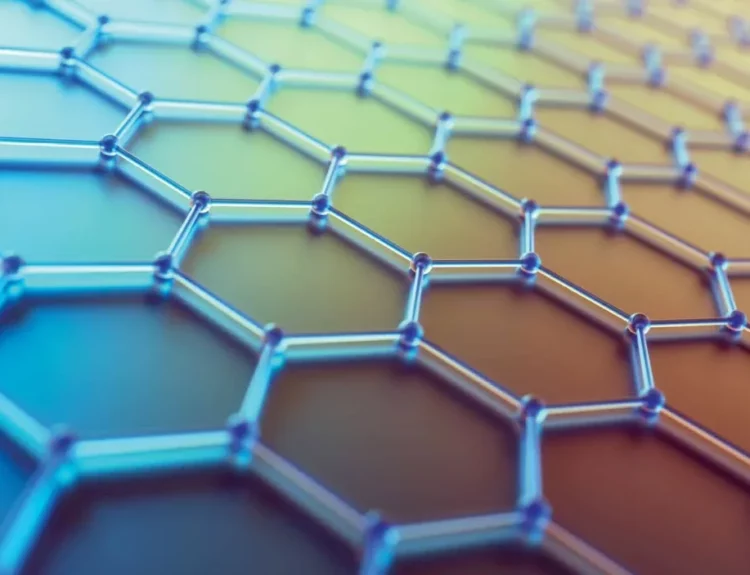


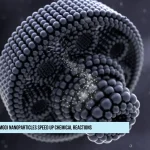

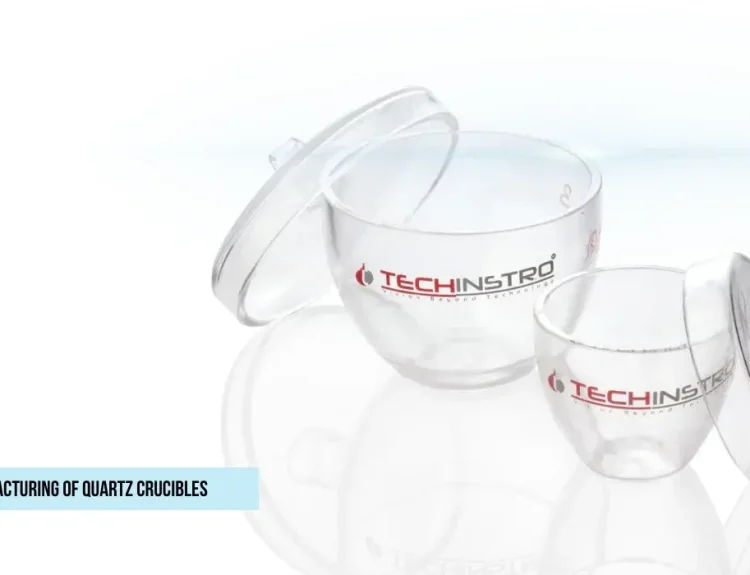
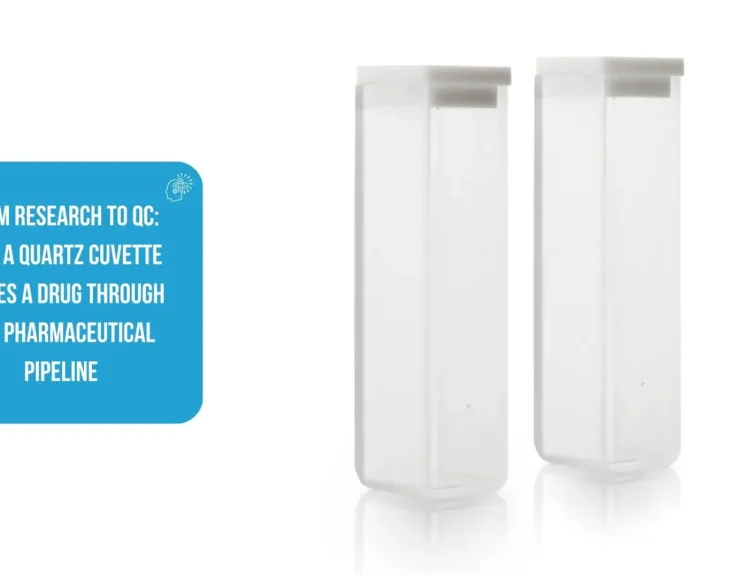
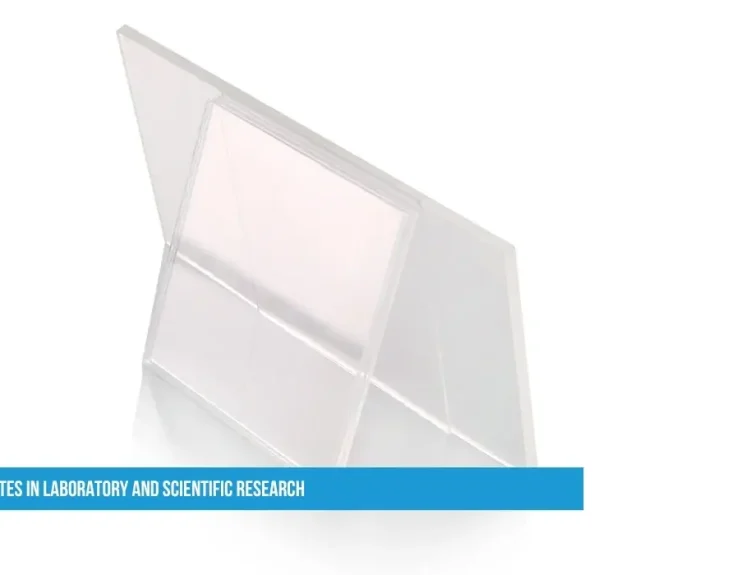
Know more about Quartz Plate